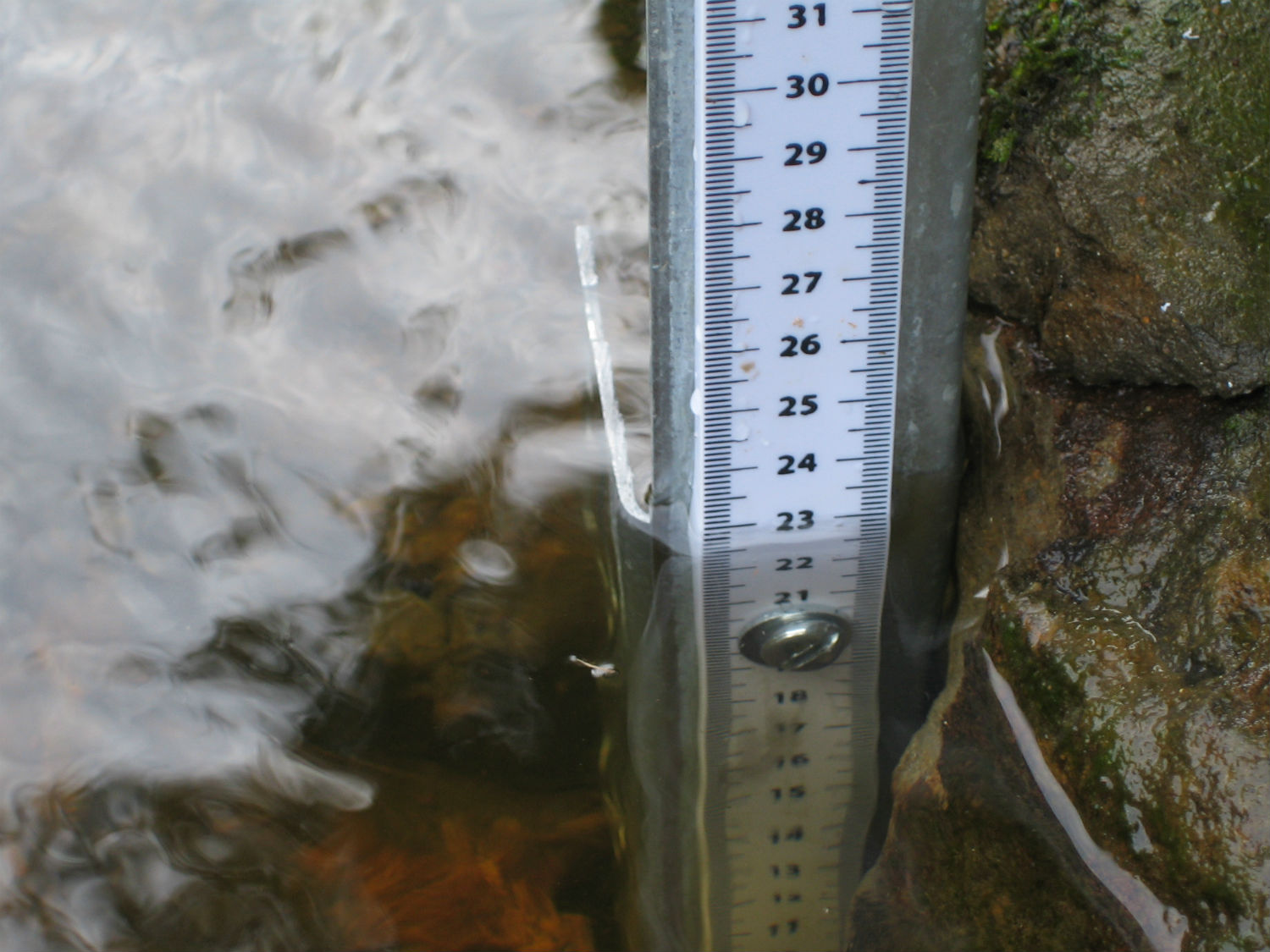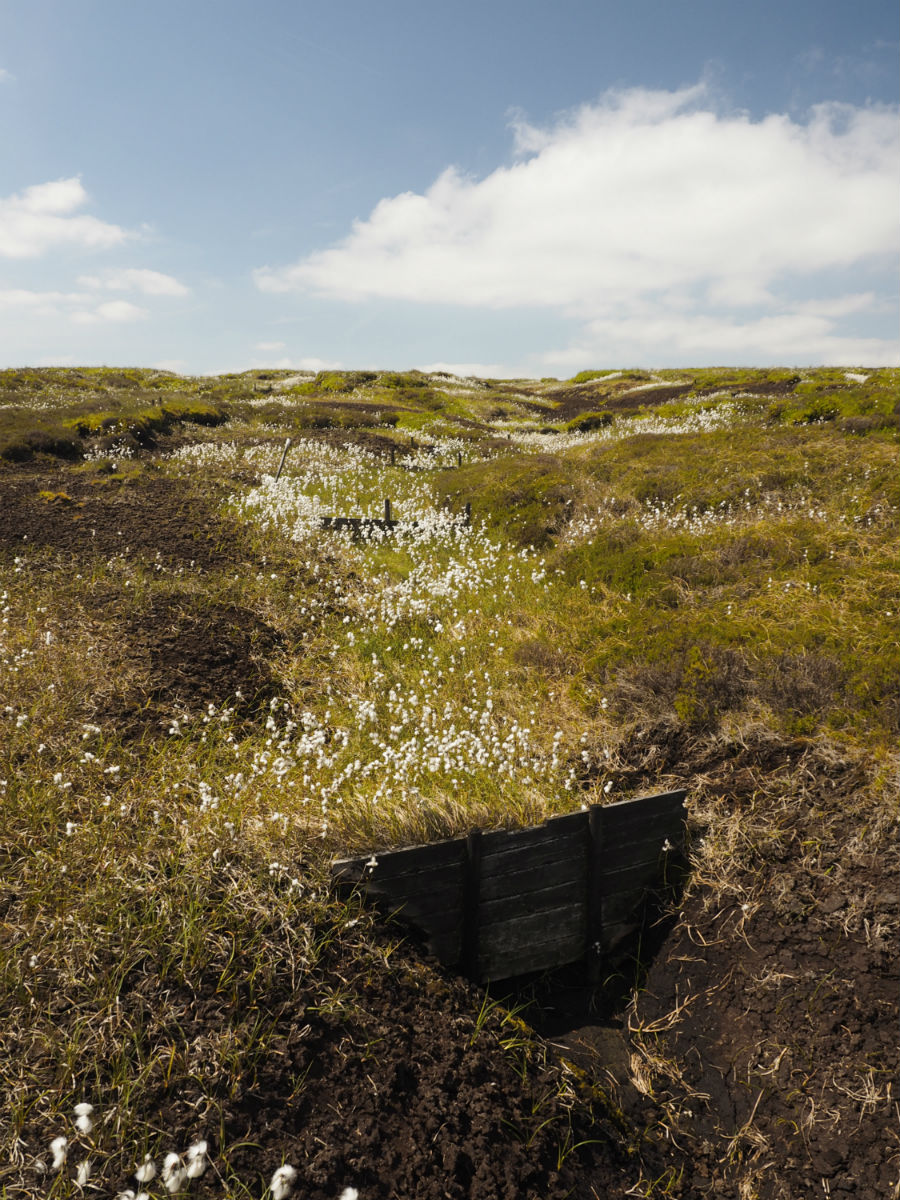The project investigated the impacts of moorland restoration on flood risk
Conservation works such as dam building and plug planting were undertaken
The works were found to significantly reduce and slow run-off, lowering flood risk downstream
Providing evidence of the success of blanket bog conservation work in reducing flood risk
Read the summary report
For all associated documents scroll to the bottom of the page
Project start date: April 2012
Project end date: March 2015
Our Making Space for Water project was designed to find out how improving the condition of blanket bog moorland can help to reduce local flood risk, while also producing wider benefits for the environment and communities.
We did this by monitoring the volume of rain falling into discrete areas (mini-catchments) during storms on the tops of the moor, and the volume flowing out of these areas. We also measured the height of the water table (depth of ground water beneath the surface), the amount of peat and carbon being washed away, and the colour of the water.
We chose the project site on the Kinder Scout plateau because it had vast areas of bare, eroding peat, having suffered a long history of degradation due to industrial atmospheric pollution, over-grazing and wildfires. We left a small part of the plateau in this degraded condition (a treatment-excluded ‘control’) so that we always had a comparison with our restored (‘treatment’) areas.
The results showed that our restoration activities on the plateau had the following effects:
- Reduced and delayed storm flow (less water flowing out of the mini-catchment during a storm event, and taking more time.)
- Significantly raised water tables, making the mini-catchments boggier and more conducive to sphagnum moss growth.
- Increased number of and area covered by plant species that are key components of blanket bogs
- Reduced area covered by bare peat
- Reduced amount of peat washing away
- A consensus amongst local land managers that restoration and sustainable management of degraded peatlands can deliver multiple benefits to society.

Since the conclusion of the Defra-funded period of the project we have added to the treatments by planting one of the mini-catchments with an additional 45,000 sphagnum plugs – 30,000 in 2015 and another 15,000 in early 2018. The aim of this intensive planting is to 'fast-forward' to a healthy blanket bog as soon as possible, so we can monitor the effects of a more complete cover sphagnum moss on raising water tables and slowing the flow of rainwater.
Making Space for Water Summary Report
Read more about the Making Space for Water project
Harnessing nature to reduce stormflow
Read the report in full
Summary report - Making Space for Water project
Restoration of blanket bogs; flood risk reduction and other ecosystem services
Restoration of Blanket bogs; flood risk reduction and other ecosystem benefits MoorLIFE 2020 | 2015
The final report of the Making Space for Water project
Annex 1. Background, location, design and the restoration process
From the final Making Space for Water report
Annex 2. The development of plant diversity
From the final Making Space for Water report
Annex 3. Particulate Organic Carbon
From the final Making Space for Water report
Annex 4. Dissolved Organic Carbon concentrations
From the final Making Space for Water report
Annex 5. Flood Risk
From the final Making Space for Water report
Annex 6. Flood risk modelling
From the final Making Space for Water report
Annex 7. Sustainable management of peatlands: An ecosystem services assessment
From the final Making Space for Water report
Annex 8. Valuing the Dark Peak: A Deliberative Approach to Payments for Peatland Ecosystem Services
From the final Making Space for Water report
